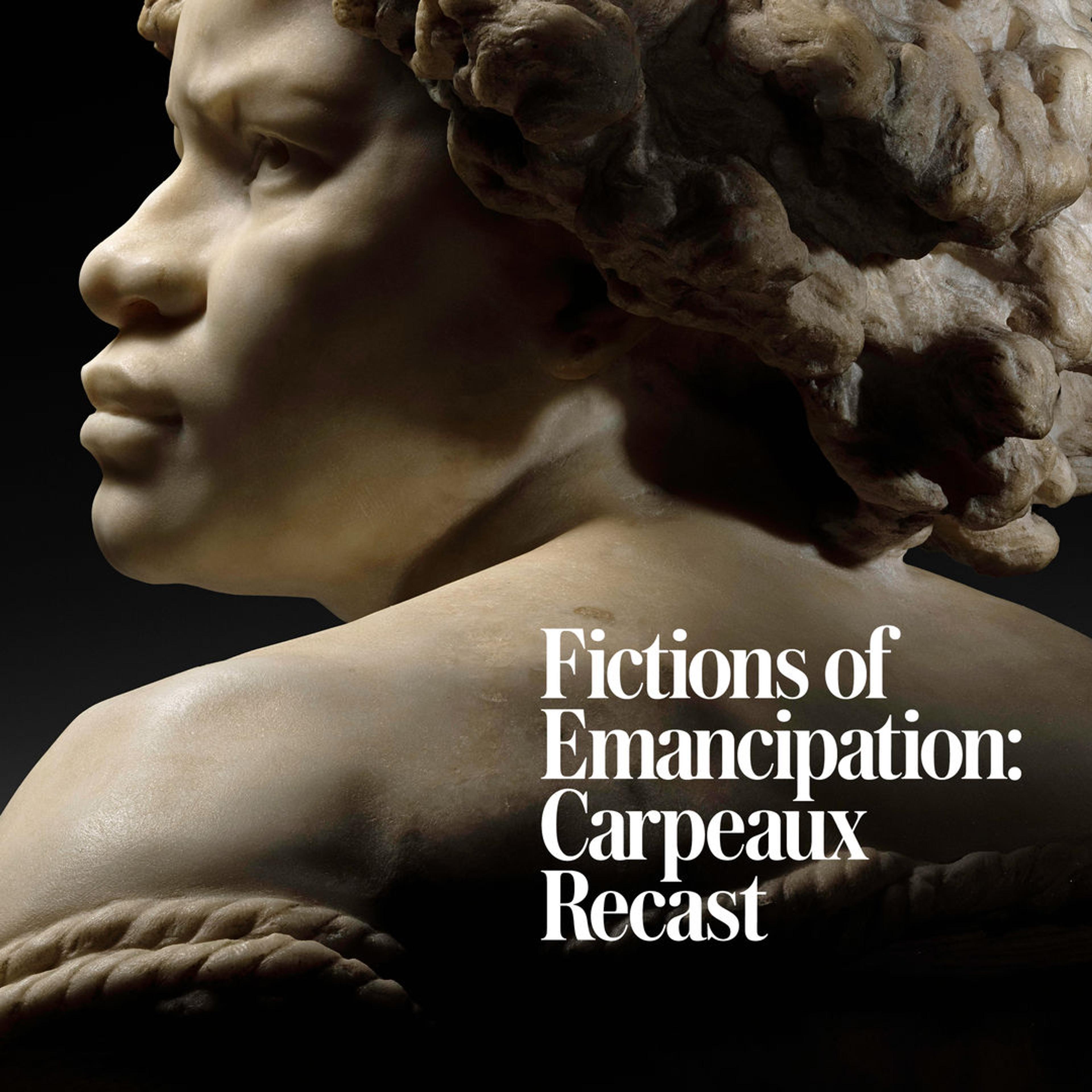Organized around a single object—the marble bust Why Born Enslaved! by French sculptor Jean-Baptiste Carpeaux—Fictions of Emancipation: Carpeaux Recast is the first exhibition at The Met to examine Western sculpture in relation to the histories of transatlantic slavery, colonialism, and empire.
Created in the wake of American emancipation and some twenty years after the abolition of slavery in the French Atlantic, Why Born Enslaved! was shaped by the enduring popularity of antislavery imagery, the development of nineteenth-century ethnographic theories of racial difference, and France’s colonialist fascination with Africa. The exhibition will explore the sculpture’s place within these contexts.
Featuring more than thirty-five works of art in sections unfolding around Carpeaux’s sculpture, Fictions of Emancipation will offer an in-depth look at portrayals of Black enslavement, emancipation, and personhood with an aim toward challenging the notion that representation in the wake of abolition constitutes a clear moral or political stance. Important works by Josiah Wedgwood, Frédéric Auguste Bartholdi, Charles Cordier, Edmonia Lewis, Louis-Simon Boizot, and others will show how Western artists of the nineteenth century engaged with the Black figure as a political symbol and site of exoticized beauty, while contemporary sculptures by Kara Walker and Kehinde Wiley will connect the dialogue around Carpeaux’s bust to current conversations about the legacies of slavery in the Western world.
This exhibition was conceived in collaboration with guest curator Wendy S. Walters and enriched through conversations with numerous intellectual partners. It is one of many projects that the Museum is undertaking in an effort to reassess and broaden the narratives it presents about the past and present.
Accompanied by a publication.
The exhibition is made possible by the Iris & B. Gerald Cantor Foundation.
Additional support is provided by Allen R. Adler and Frances F. L. Beatty.
The catalogue is made possible by The Met’s Fund for Diverse Art Histories, Mary J. Wallach, Robert E. Holmes, and the Ford Foundation.
Audio Guide

530. Introduction: “Fictions of Emancipation: Carpeaux Recast”
Welcome to the exhibition "Fictions of Emancipation: Carpeaux Recast" at The Metropolitan Museum of Art, which examines Western sculpture in relation to the histories of transatlantic slavery, colonialism, and empire.
In this Audio Guide, you will hear the perspectives of contemporary artists on how Carpeaux and other sculptors of his time represented and, in many ways, mischaracterized the idea of freedom in their work. They speak to the many obscured narratives from the 18th and 19th centuries, especially as they relate to the Black experience.
Their discussion begins with one particular artwork: the iconic sculpture called "Why Born Enslaved!" by the French sculptor Jean Baptiste Carpeaux from 1868.
This Audio Guide is more of a conversation than a formal tour, so feel free to explore the exhibition at your own pace.
###
Playlist
Exhibition Objects
Press the down key to skip to the last item.
Latest reviews
…the fullest examination ever staged of [Carpeaux’s] iconic sculpture.
. . . [an] investigative show, creating a template that could have far-reaching applications for a critical rethinking of [The Met’s] permanent collection displays.
. . . a small but potent show.
. . . elegant, essayistic show. . . delivers powerful lessons without foreclosing interpretation or inquiry. . . .
. . . a piercing exhibition. . . with an abundance of scholarship and critical thought.
Exhibition Catalog
Exhibition Catalogue
This groundbreaking title examines Carpeaux’s bust Why Born Enslaved! in the context of transatlantic abolitionist movements and France’s colonialist fascination with Africa in the nineteenth century.
